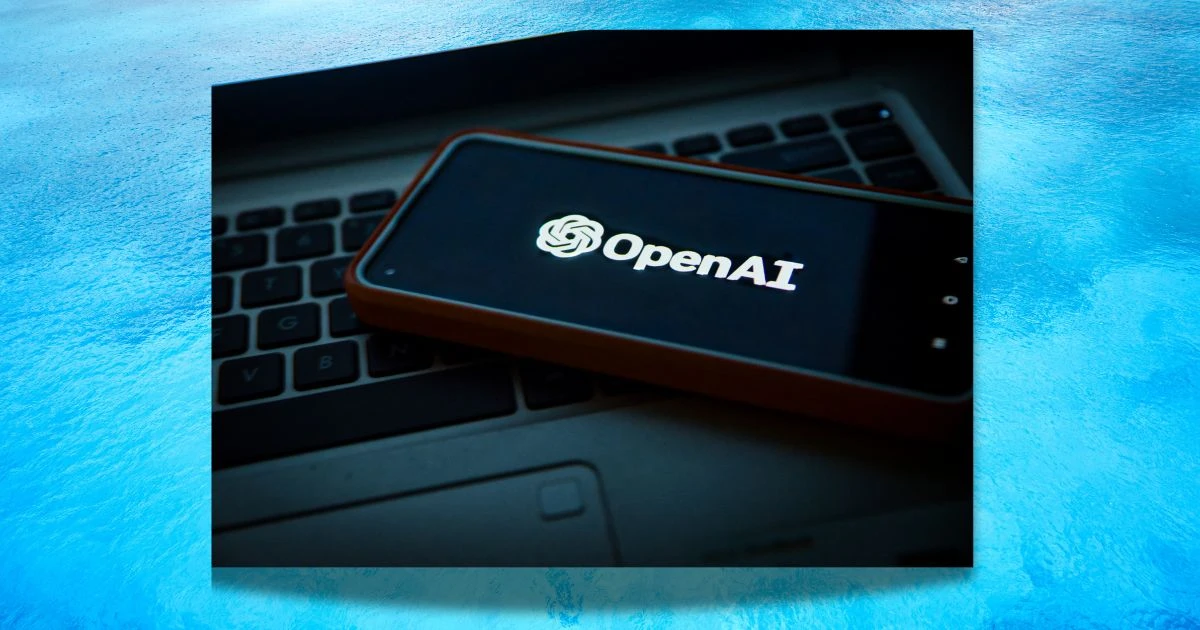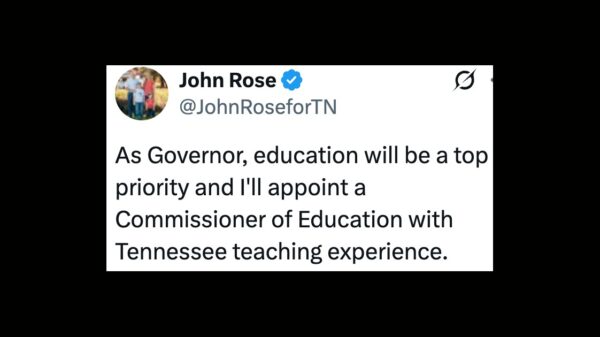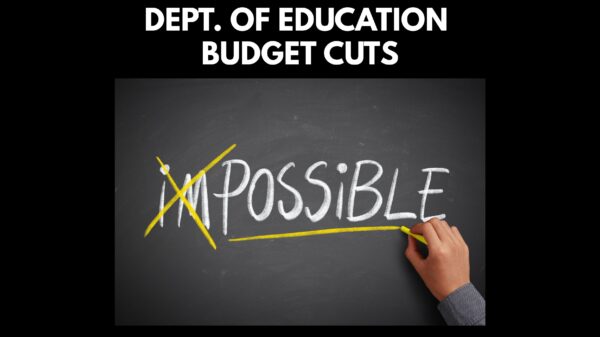Education leaders stand before mountains of data—test scores, attendance records, numbers piled high like sandbags against a rising tide. The true challenge lies not in gathering this data, but in shaping it into actions that elevate students toward success.
Artificial Intelligence sweeps through the halls of education, offering tools and personalized support. Some leaders welcome its embrace, while others shy away, fearing stagnation and deepening divides. It is time to change our approach to data, to make it serve our purpose.
To extract value from this raw information, leaders must devise a clear plan. They must weave strong connections within their educational communities. Tools exist to help educators refine data-driven responses, ultimately enhancing student achievement.
Yet data often languishes in disparate systems, obscuring insights. School leaders should unify this information, crafting simple dashboards that illuminate key metrics tied to their goals, enriched by feedback from teachers and the voices of parents and students.
AI, with its capacity to analyze vast datasets, reveals patterns and forecasts risks, like the shadows of students on the brink of dropping out.
Once the data is organized, leaders must pinpoint where help is most needed. They should identify gaps, investigate root causes, and prioritize challenges based on community input, ensuring that these reflect the needs of those they serve.
AI can streamline this process, identify problems, and automate assessments, saving precious time while highlighting areas that require attention. It can alert leaders to sudden spikes in suspensions or predict the impacts of new interventions based on historical data.
Data holds no value without action. Educational leaders must translate insights into tangible steps, crafting SMART goals—Specific, Measurable, Achievable, Relevant, and Time-bound—that respond to identified needs.
AI can suggest personalized learning paths for students and optimize resource allocation to enhance learning outcomes. Real-time dashboards keep leaders vigilant, signaling when strategies falter.
For data to ignite real change, it must be understood by all. Communication must be clear, stripped of complexity. Training staff to interpret and leverage data effectively is vital. Regular review sessions can foster collaboration. AI tools can simplify intricate data, engaging everyone from teachers to board members in meaningful ways.
Consider a middle school where 40% of 7th graders struggle with math, failing to meet grade-level expectations. By distilling data, uncovering needs, and launching targeted interventions, school leaders can forge strategies that propel student success. With AI and analytics, educators can transform daunting data into actionable insights, enhancing performance and enriching learning experiences.
We must face the challenges of data privacy, biases in AI, and the risk of overdependence on technology. By leveraging AI judiciously, education leaders can focus on attending to student needs and developing targeted strategies, ultimately enriching K-12 education for all.
As we navigate the intersection of education and technology, we must embrace data and AI as tools to enhance the learning experience. The future of education hinges on our ability to turn data into actionable insights that ensure every student flourishes.

















